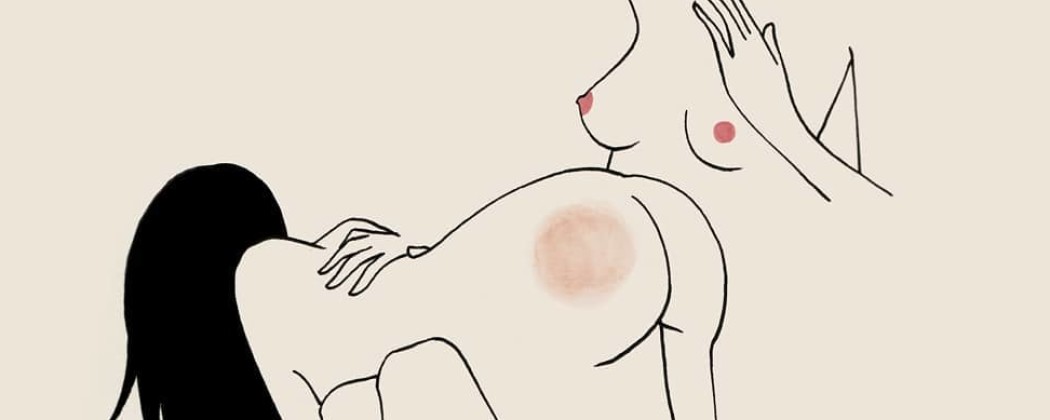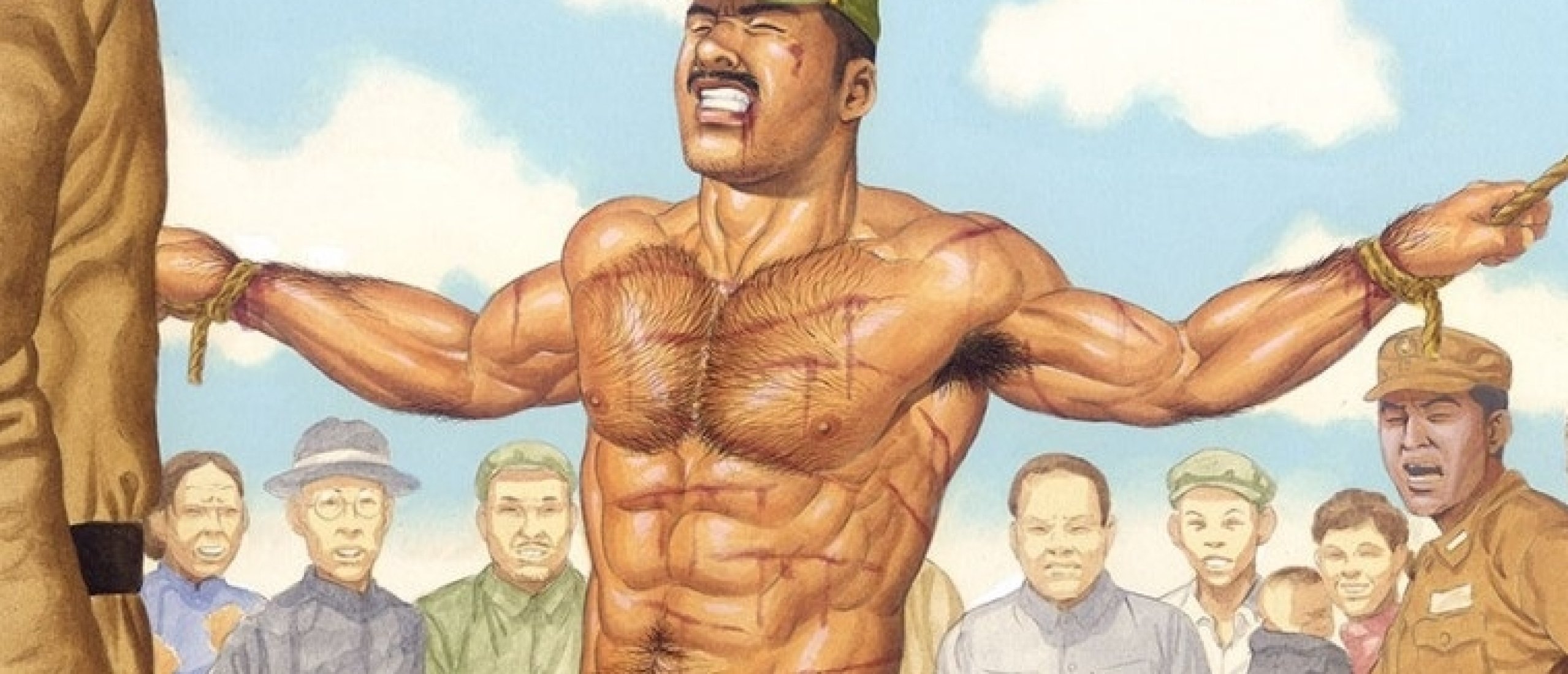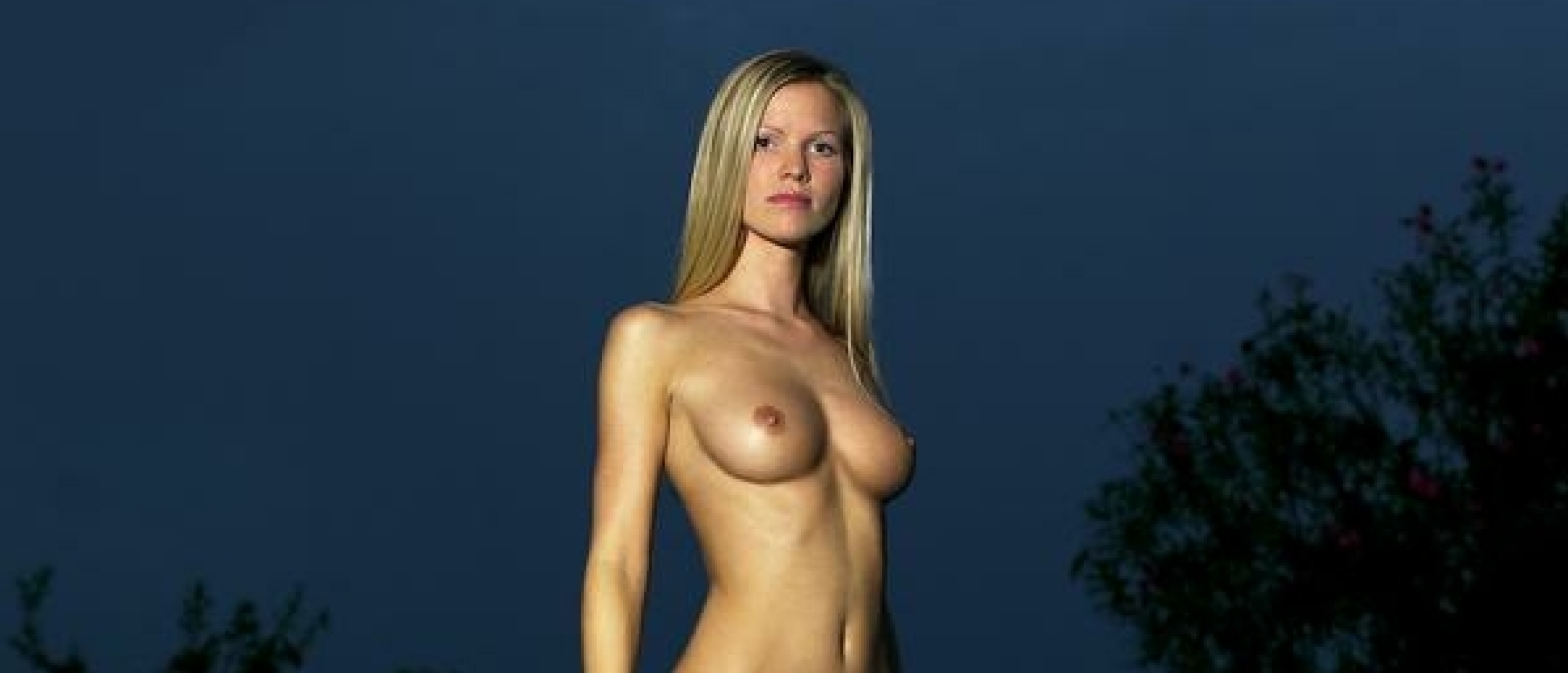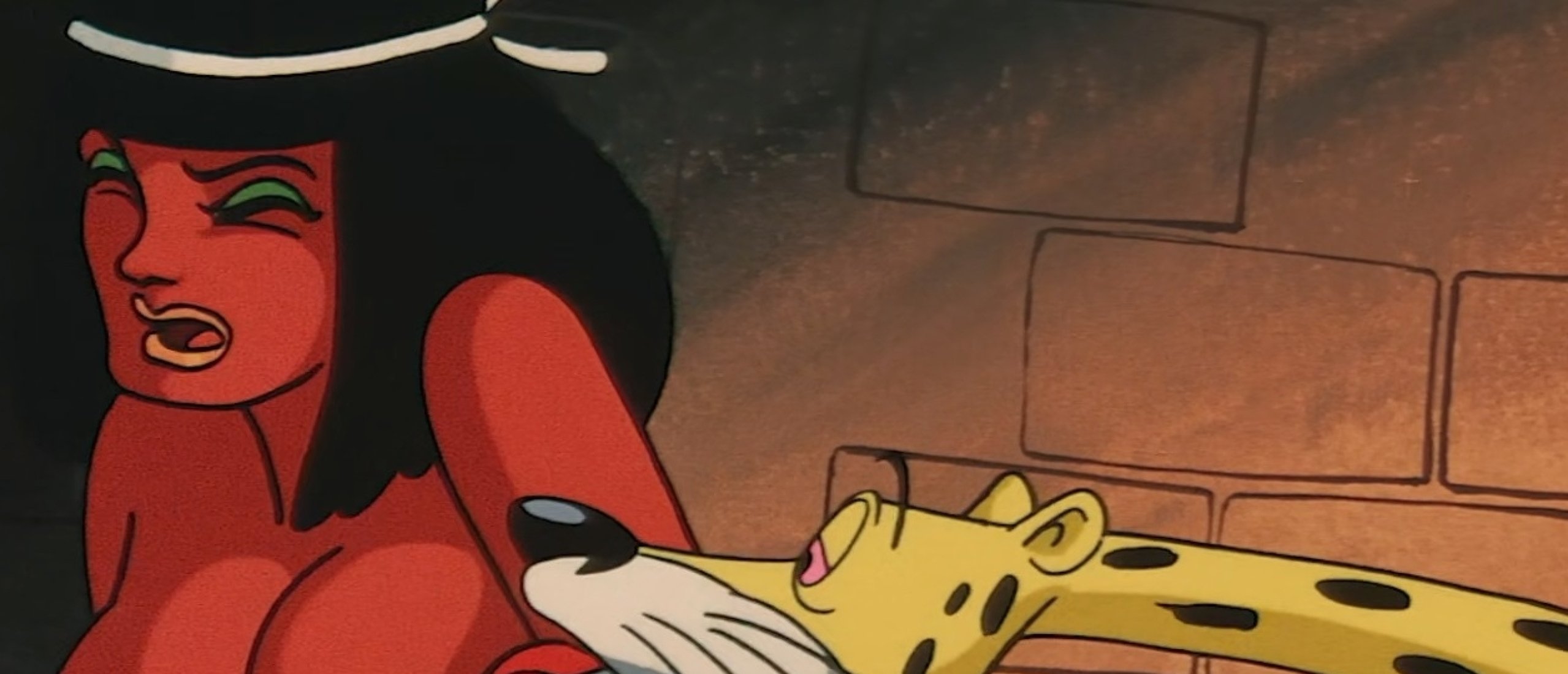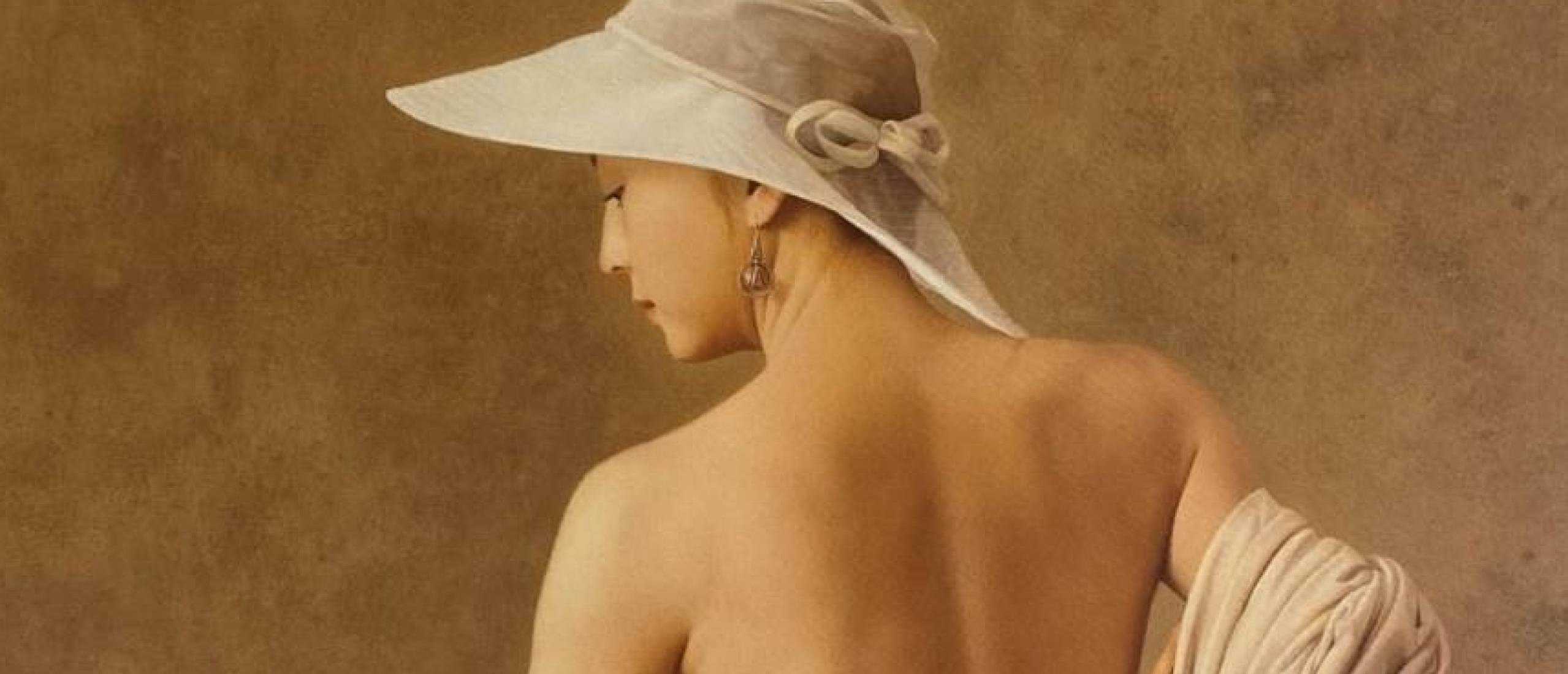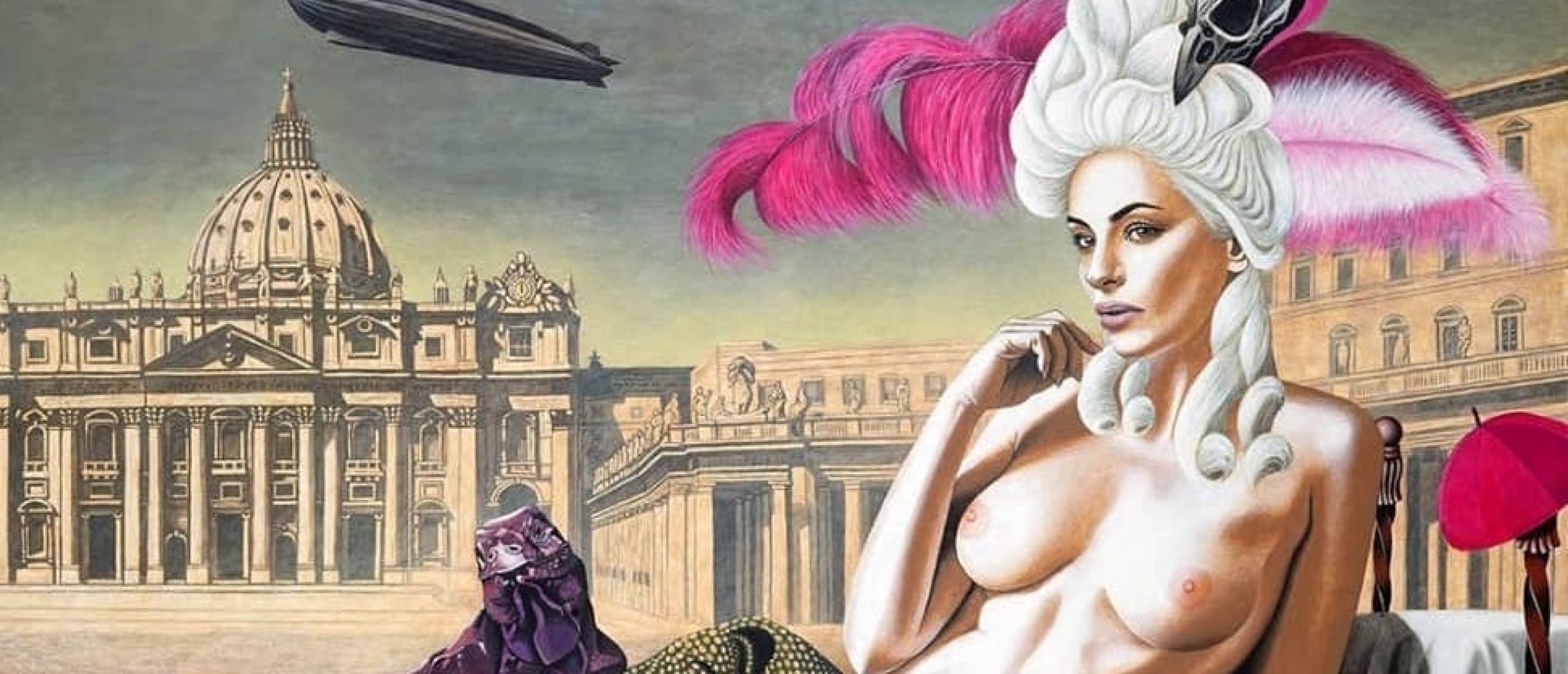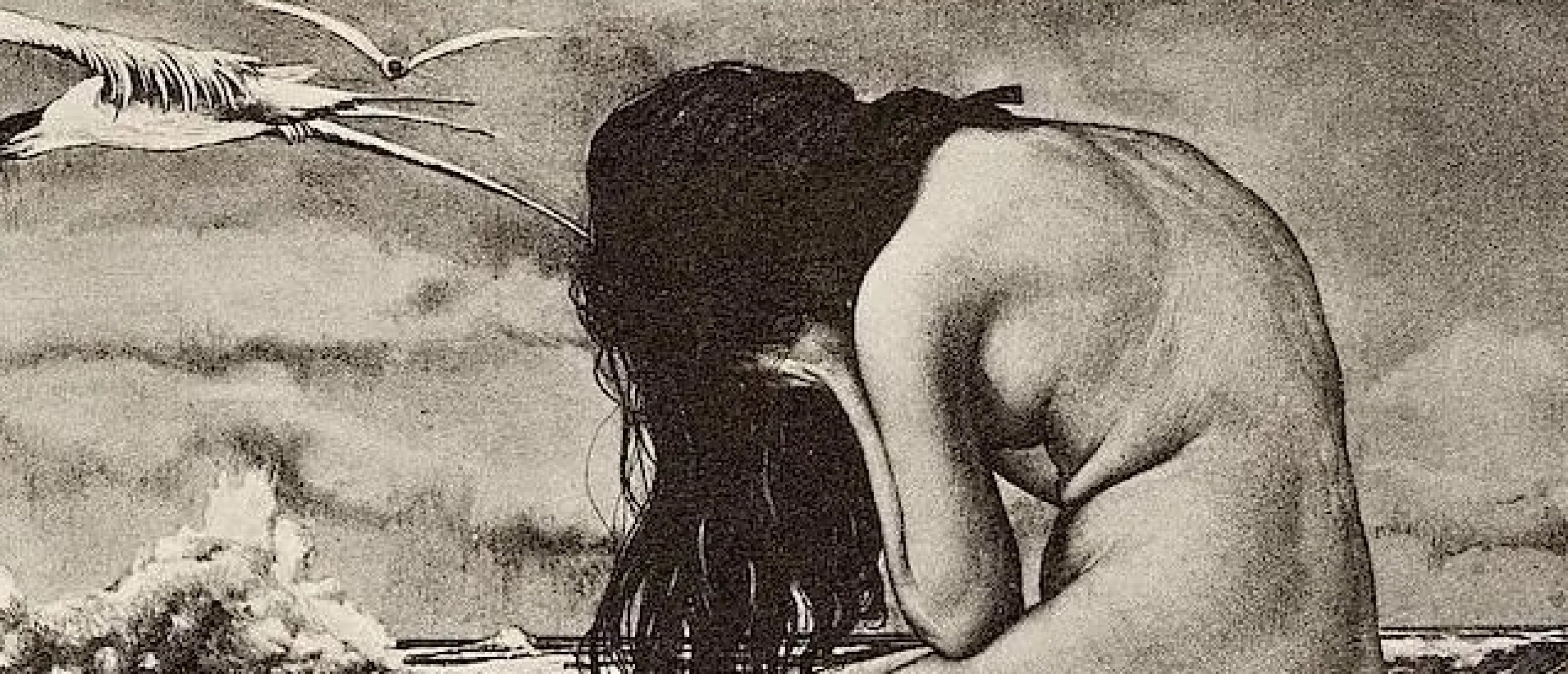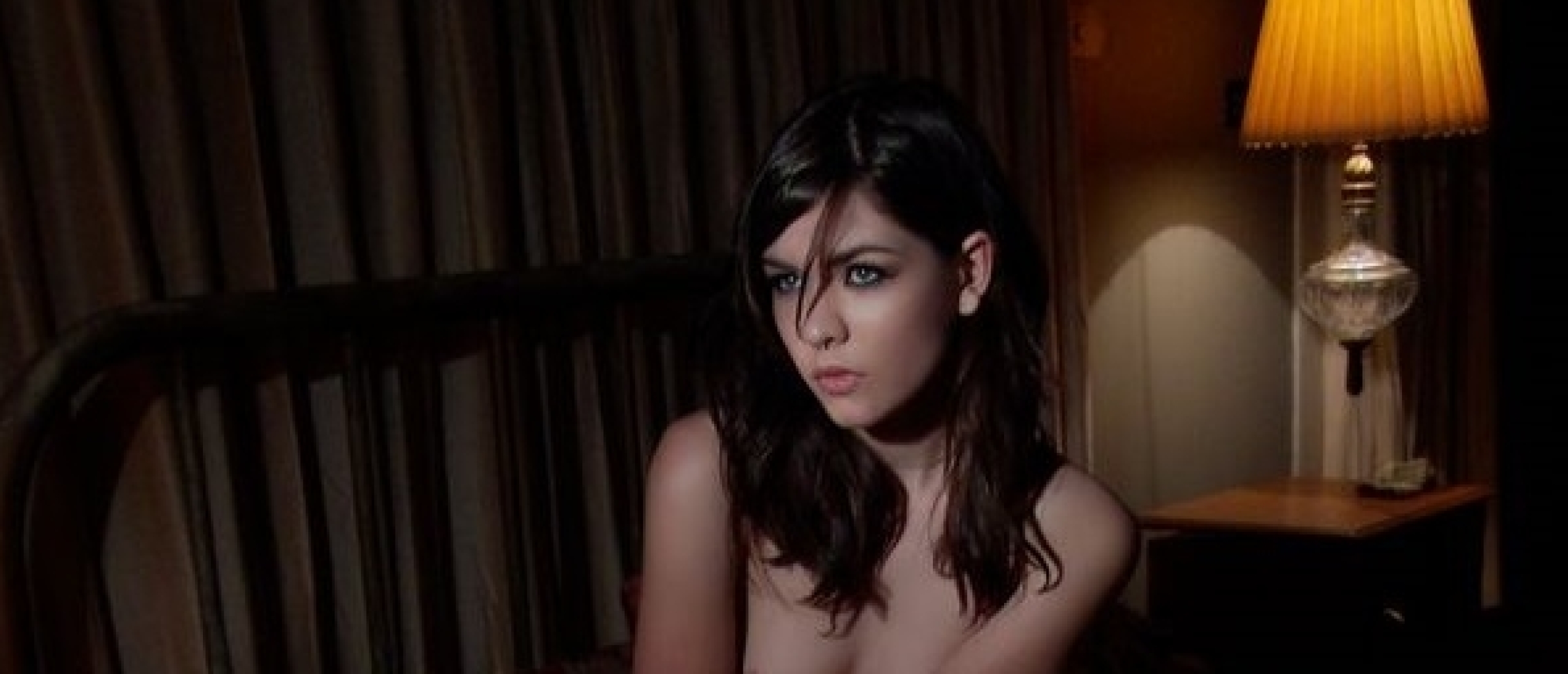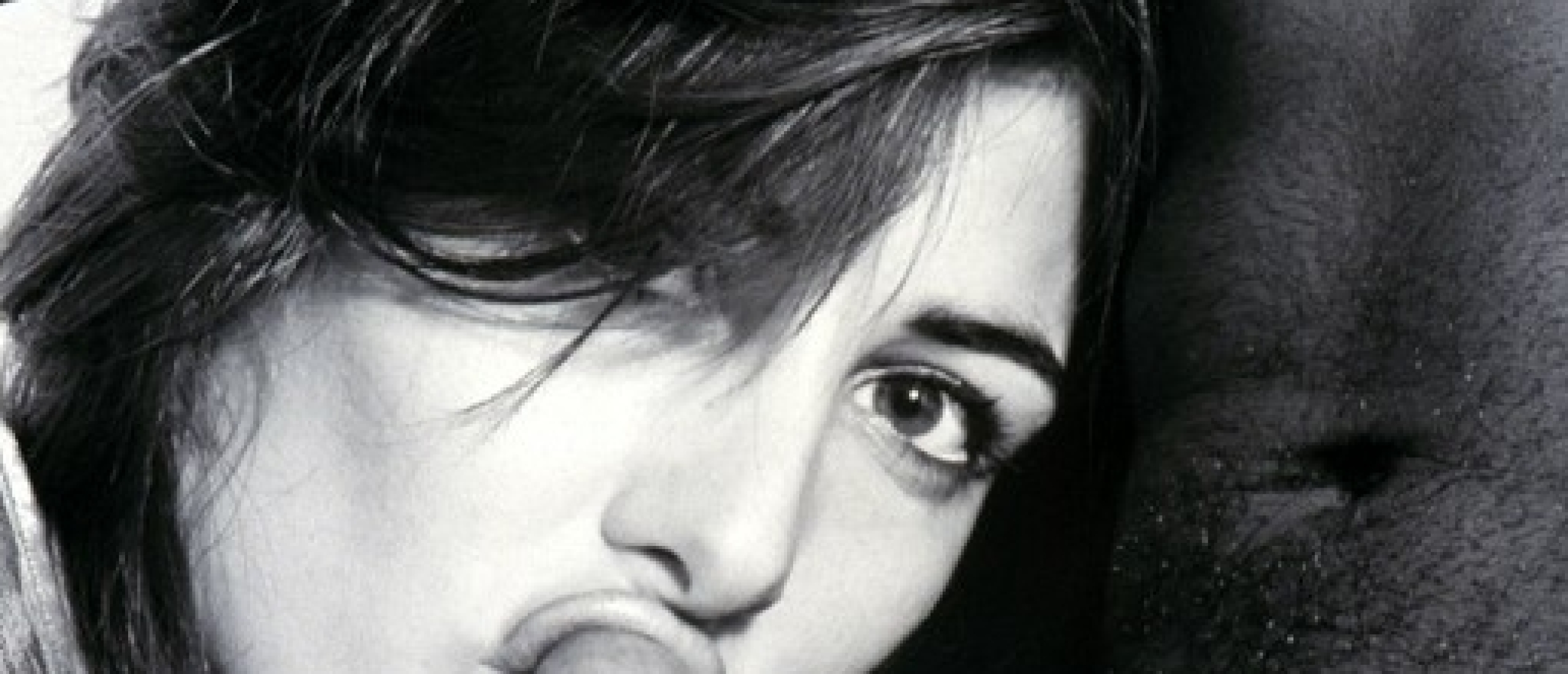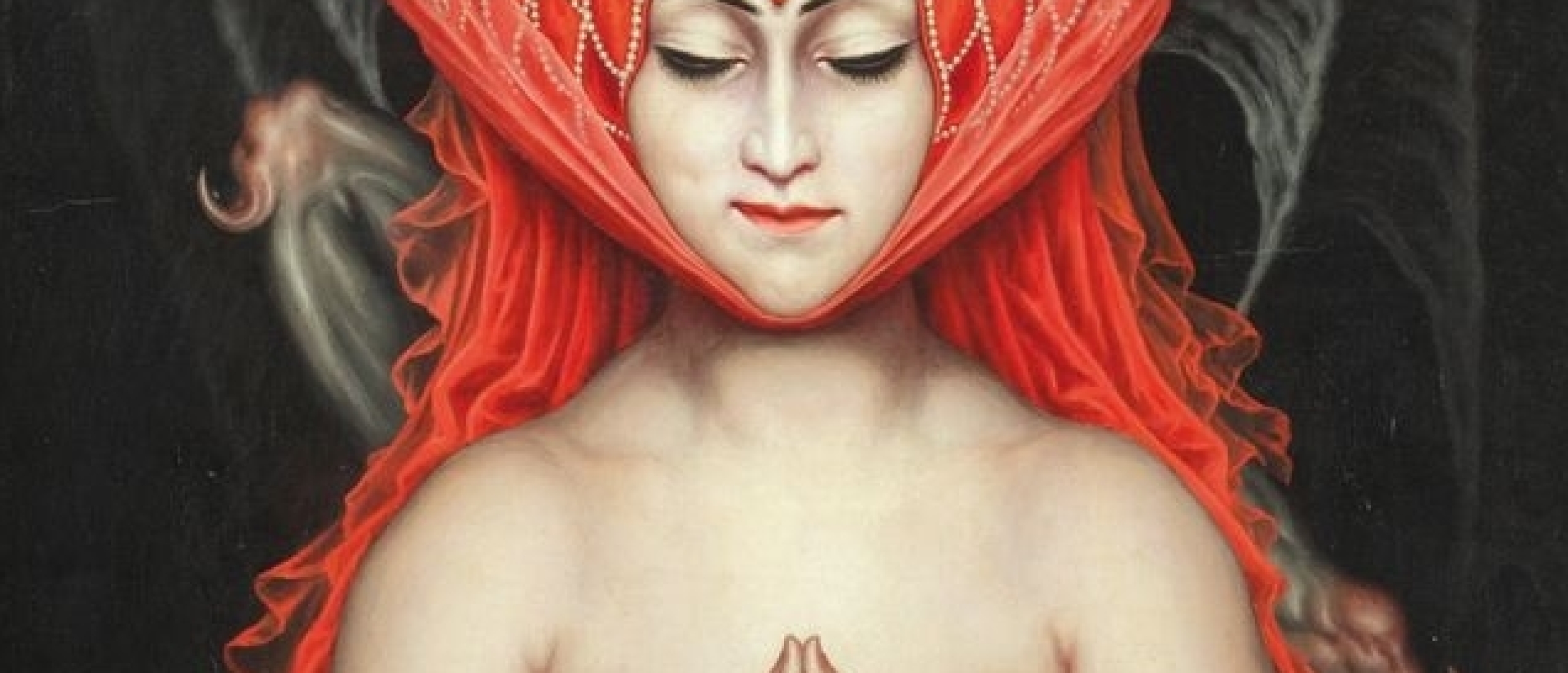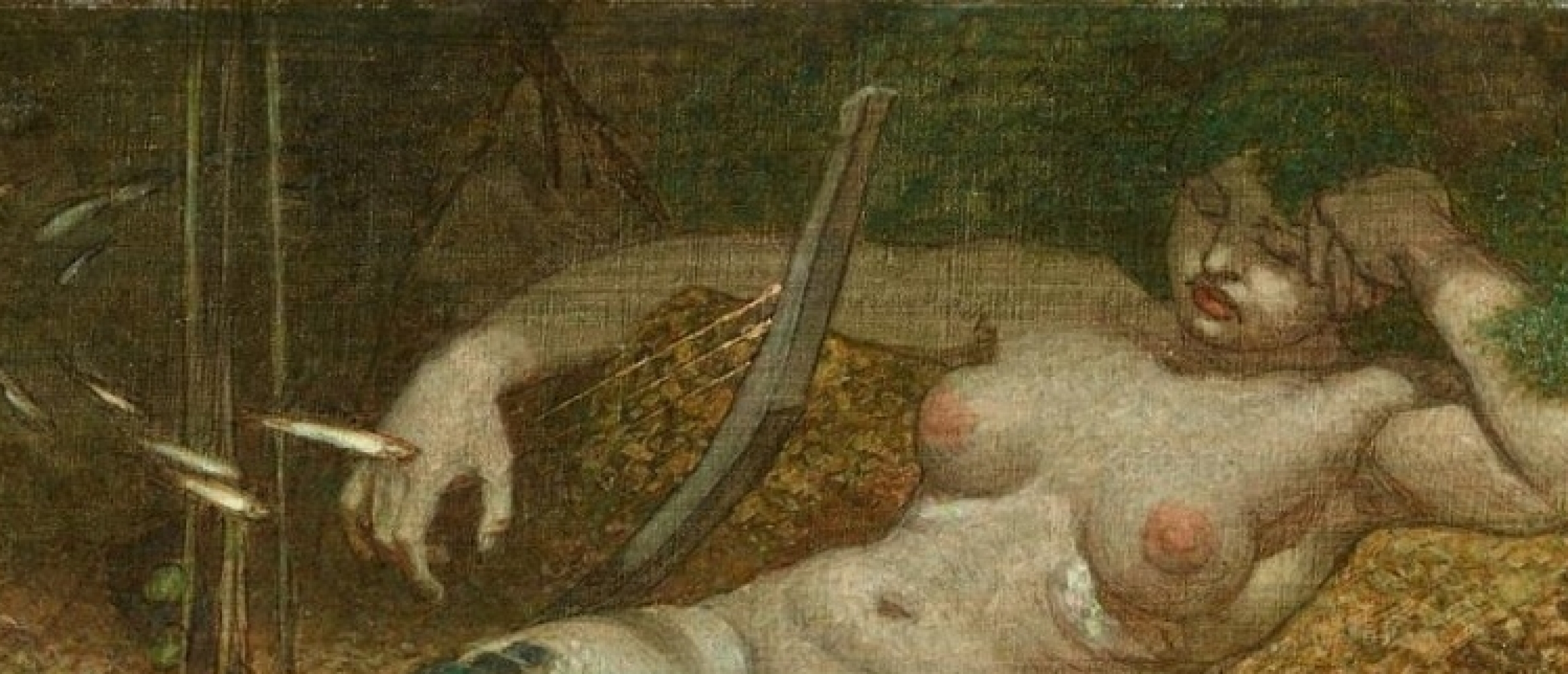
Alexander Rothaug (1870-1946) was born in Vienna. His works were conceptually influenced by symbolism, Franz von Stuck in particular, and stylistically by old masters like Michelangelo and Rubens, in whose paintings the anatomy is emphasized. The blending of Scandinavian mythology with an academist approach to depicting a human body attracted the attention of Hitler, who obtained several panel paintings of the artist represented at the Great German Art Exhibition in Munich in 1938.
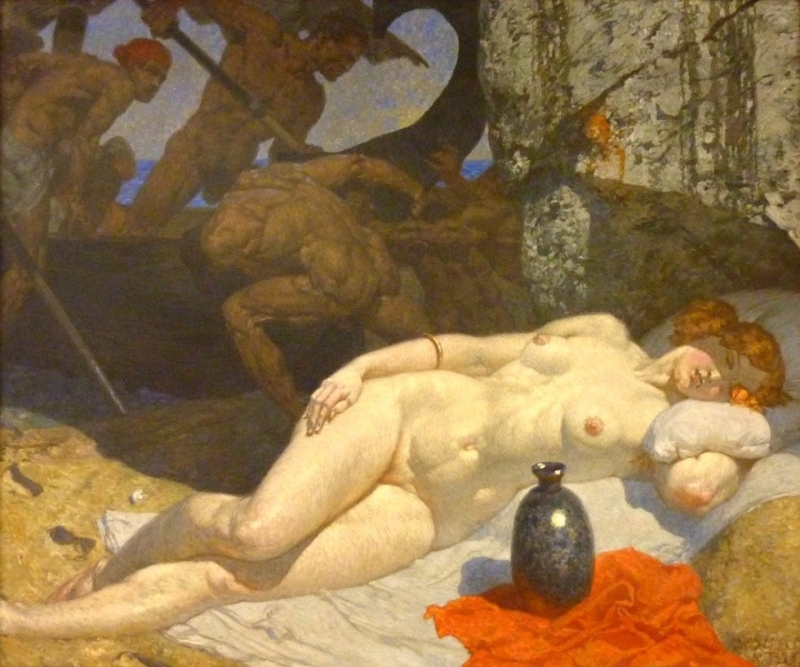
Fig. 1. Ariadne on Naxos (artrenewal.org)
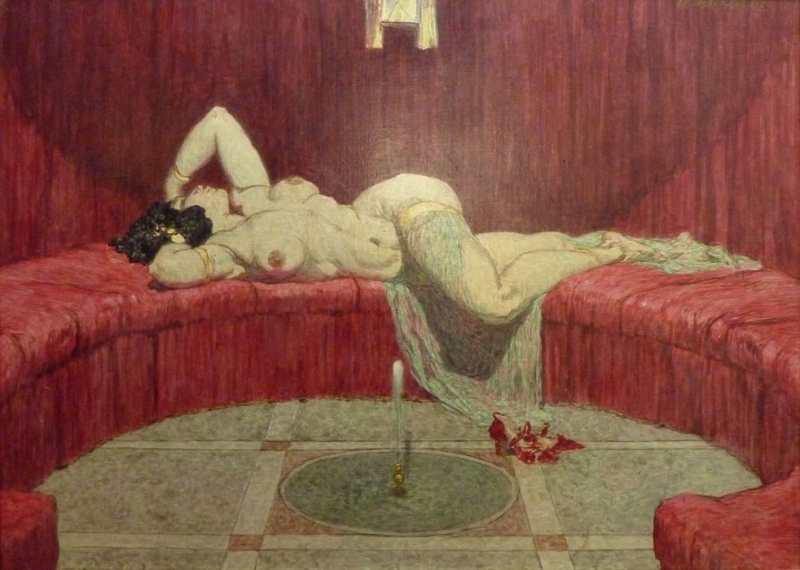
Fig. 2. Cleopatra (artrenewal.org)
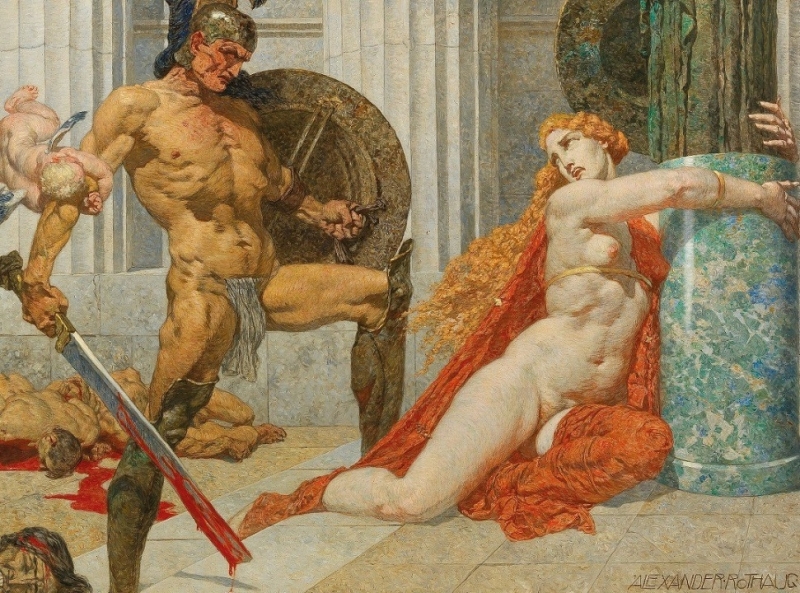
Fig. 3. Furious Menelaos finds his spouse Helene in Troy with cupid holding his hand (artrenewal.org)
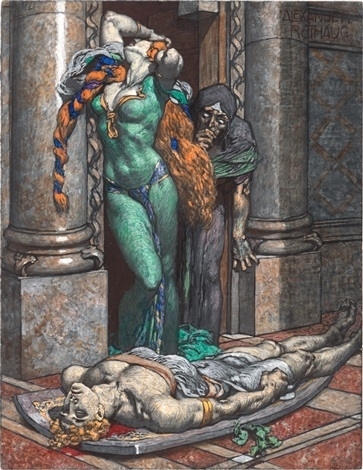
Fig. 4. Cry of Kriemhild (artnet.com)
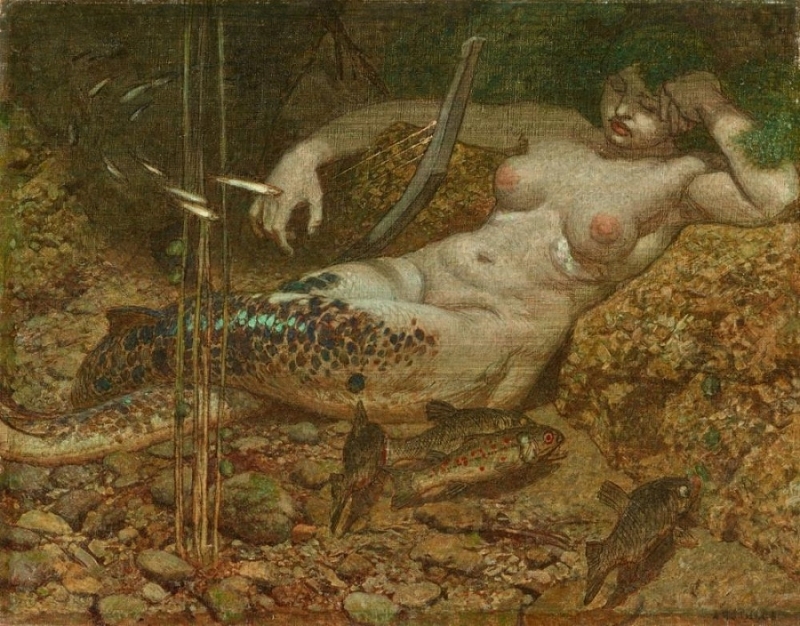
Fig. 5. Sleeping mermaid (invaluable.com)
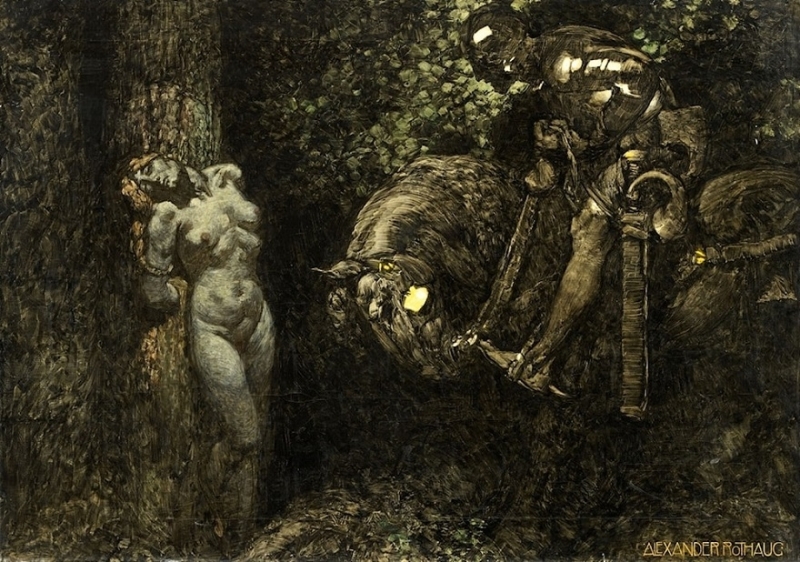
Fig. 6. The Black Knight (artrenewal.org)
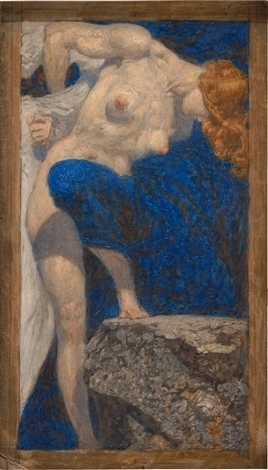
Fig. 7. Andromeda (artnet.com)
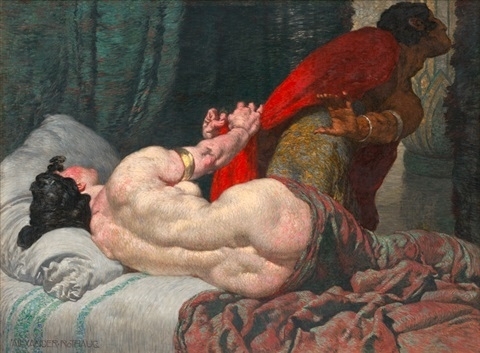
Fig. 8. Joseph and Potiphar’s wife (bassenge.com)
From Modernist To Nazi Artist
Rothaug was born in a family of painter Theodor Rothaug. It was he who taught the first painting lessons to Alexander as well as to his other son Leopold. In 1884, the future artist apprenticed as a sculptor to Johann Schindler. From the following year to 1892, Rothaug studied at the Vienna Academy under Franz Rumpler, Christian Griepenkerl, and the orientalist painter Leopold Carl Müller. In 1888, he was awarded the Lampi Prize and the Golden Füger Medal 1889. For his studies in history painting with Müller, Rothaug also received the 1890 Special School Award. Two years later, the artist relocated to Munich, where he worked as an illustrator for the humorous magazine Fliegende Blätter and started exhibiting his paintings. In 1896, he married Ottilie Lauterkorn and traveled to Dalmatia, Bosnia, Spain, Italy, and Germany to study art.
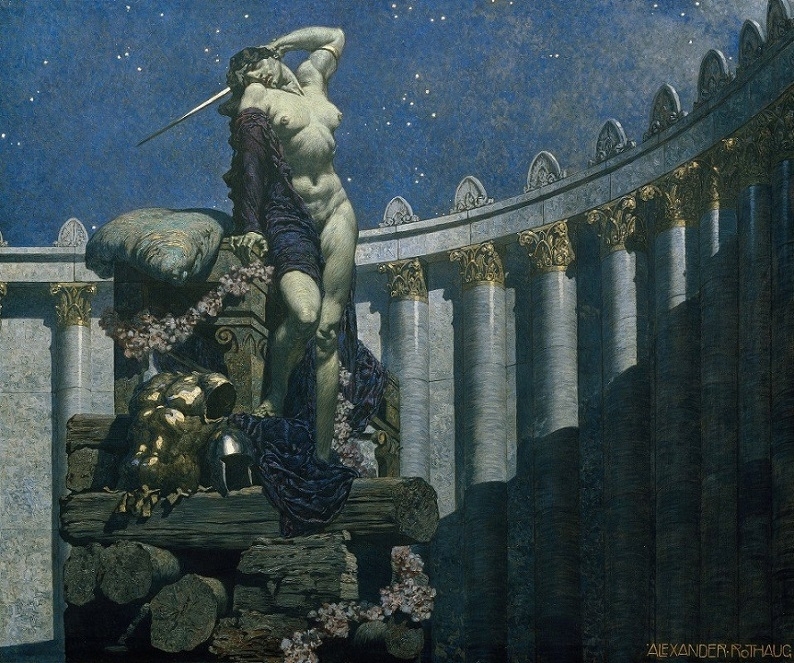
Fig. 9. Dido at the stake, 1935 (artvee.com)
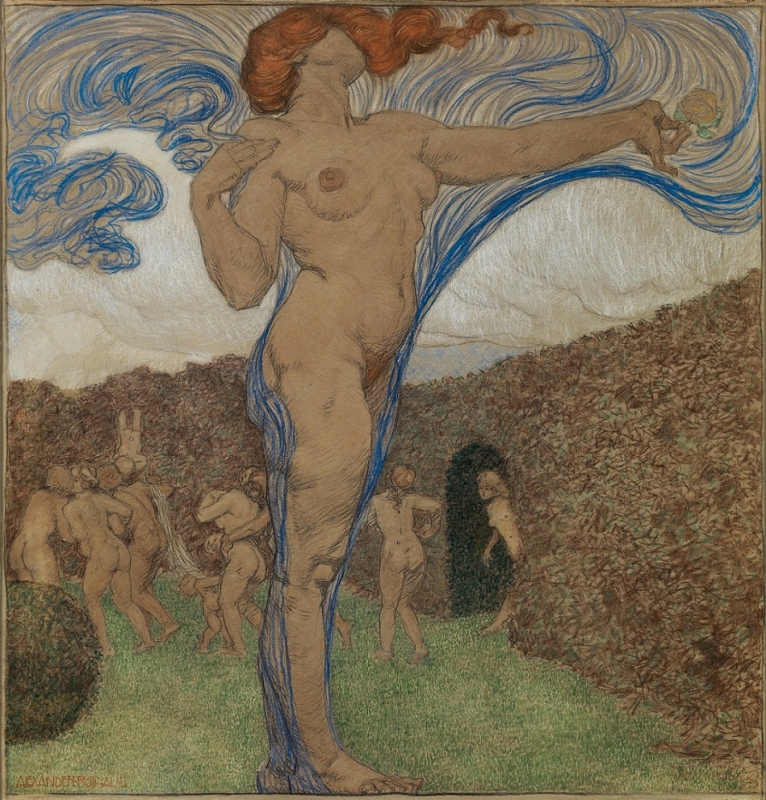 Fig. 10. Aphrodite (mkinsky.com)
Fig. 10. Aphrodite (mkinsky.com)
Degenerate Art
Rothaug returned to Vienna only in 1910 and became a member of Vienna Künstlerhaus. Then, in 1912, invited by Ludwig Salvator, the Archduke of Austria and Prince of Tuscany, he stayed in Mallorca. Taught primarily by academists, Rothaug focused on human proportions in his art. In 1933, he published a summary of his reflections and observations on the subject under the title Statics and Dynamics of the Human Body. He also wrote a 38-page treatise Knowledge in Painting. German entries in dictionaries and on Wikipedia don't mention what Rothaug did in the 1940s, but the two last exhibitions of his art happened in 1938 and 1941. Meanwhile, The Great German Art Exhibition was a representative cultural event demonstrating the quintessence of Nazi art opposing the so-called Degenerate Art.
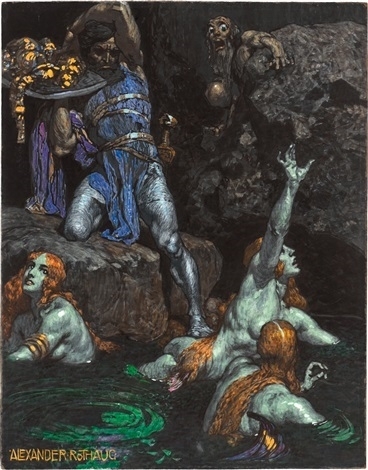
Fig. 11. Hagen sinks the hoard (artnet.com)
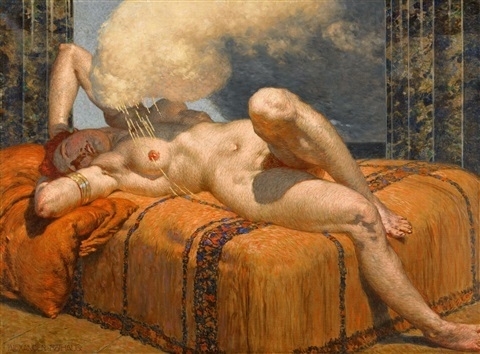
Fig. 12. Danae (lempertz.com)
In the extended Premium edition of the article you can enjoy more background on Rothaug, the specifics on why Adolf Hitler was so fascinated by his work, a bonus feature in which we take a closer look at a mesmerizing pencil study by Rothaug depicting a nude and a whip., and 34 additional examples of his paintings.
Click HERE for subversive paintings depicting a masturbating Adolf Hitler
Sources: Wikipedia.org; kilgoregallery.com

